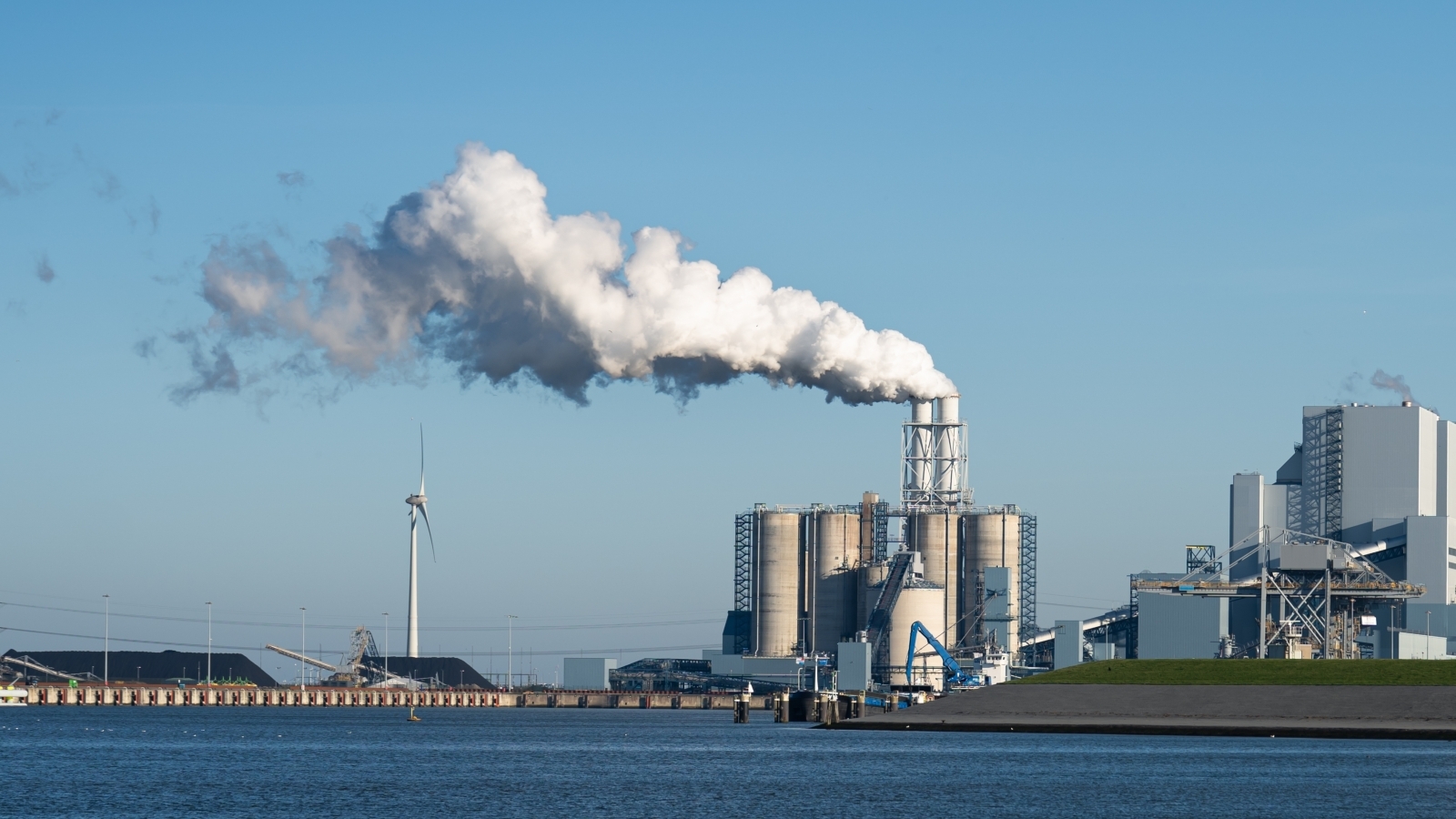Companies that reduce emissions and buy carbon credits reduce more than those companies that only focus solely on emissions reduction.
This is quite contrary to the common idea that carbon offsets are merely a way to defer corporate action, according to new research shared with Net Zero Investor.
In fact, firms that buy carbon credits are simultaneously cutting their Scope 1 and 2 emissions by 6.2% per year.
Meanwhile, companies that don’t use carbon credits are cutting emissions by only 3.4% per year, according to the report by Sylvera, a company providing carbon data.
Its analysis of 100 major companies that disclose their emissions also showed that average annual emissions reductions is approximately 5%. Investment in carbon credits coincides with an almost 2x rate of emission reductions.





